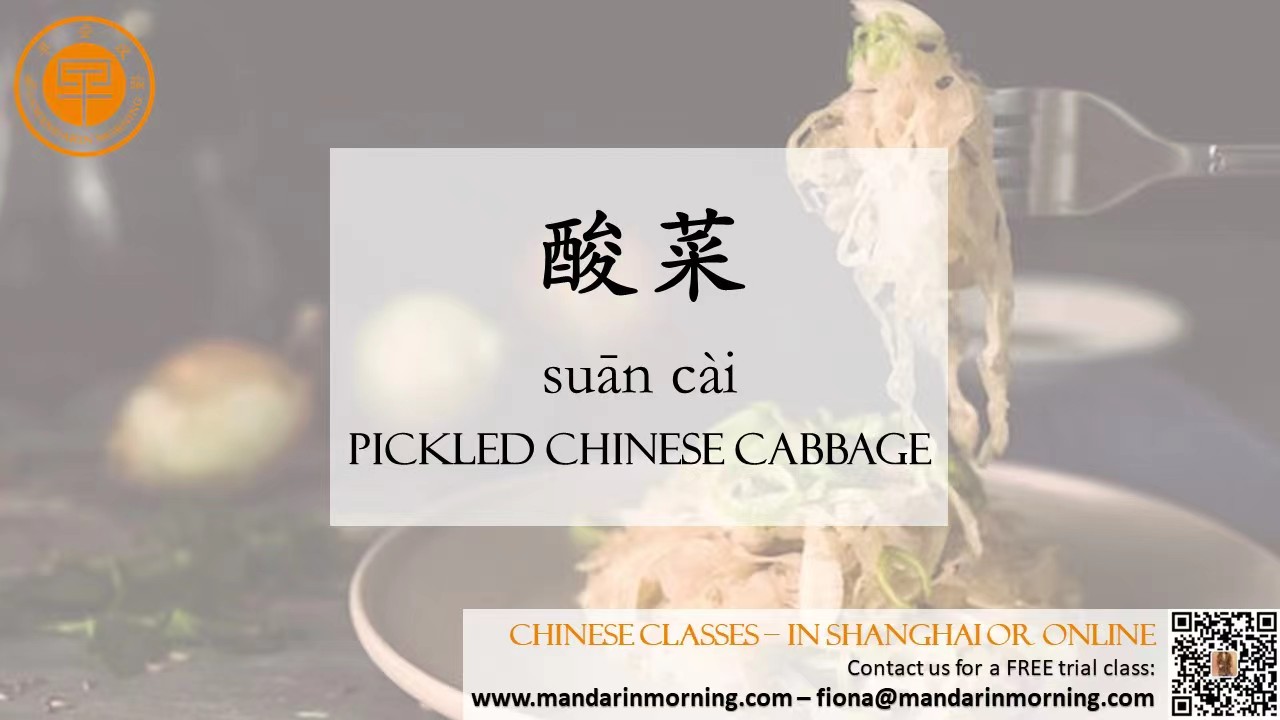【Learn Chinese】Other Popular Chinese Cuisines (Part 1) |
| Chinese cuisines have typically been divided into ‘Eight Great Cuisines’ 八大菜系 bā dà cài xì as a means of simplifying this vast and complex tradition and pinpointing regional characteristics. However, as some observers have mentioned, this system of dividing up China’s food tradition is somewhat arbitrary. Why have some regions been honoured with the status as one of the ‘greats’ while others, arguably just as popular and important, have been snubbed? That’s why we want to delve into some of the other regional cuisines that have been overlooked in this canon but are equally worthy of our attention.  Northeast Cuisine 东北菜 Dōngběi cài Northeastern Chinese food is hugely popular all over China. Restaurants serving classic northeastern dumplings (boiled dumplings that are bigger and meatier than those eaten elsewhere) and carb-heavy dishes like shredded potato 土豆丝 tǔdòusī and 地三鲜 dìsānxiān can be found in any city in China. However, with a varied terrain and a mix of cultures and influences, traditional food found in the northeast is perhaps a little more nuanced. The northeast is the ancestral home to the Manchu ethnic minority and is geographically close to Russia and Mongolia. Lamb is a popular ingredient thanks to the Mongolian influence in the west, but several rivers running through Heilongjiang province means fish is also a cherished food in this region. A quintessential ingredient in north eastern China, fermented cabbage 酸菜 suāncài is a mild cousin of the Korean kimchi. Interestingly, this version of fermented cabbage is also very similar to North Korean kimchi, which borders China in the north east. With a border to Russia in the north, dishes such as Borscht have made it into restaurant menus in cities across the northeast. The northeastern plain is ideal for growing crops such as wheat and maize. For this reason, foods such as dumplings, steamed corn bread and cornmeal congee are staple foods in this region. Yunnan Cuisine 云南菜 Yúnnán cài or 滇菜 Diān cài The southwestern province of Yunnan is home to numerous ethnic minority groups, each with their own distinct cultures and languages. Many of these minority groups trace their roots to neighbouring Burma and Thailand. The local cuisine is therefore heavily influenced by south east Asia. The traditional south east Asian technique of pounding herbs and spices to form a paste to use a base for dishes is employed in Yunnanese cooking. Herbs such as mint and sawtooth coriander and fruits such as coconut and lime are used. Pineapple rice, a creation of the ethnic minority Dai people, is a favourite in Yunnan restaurants across China. |